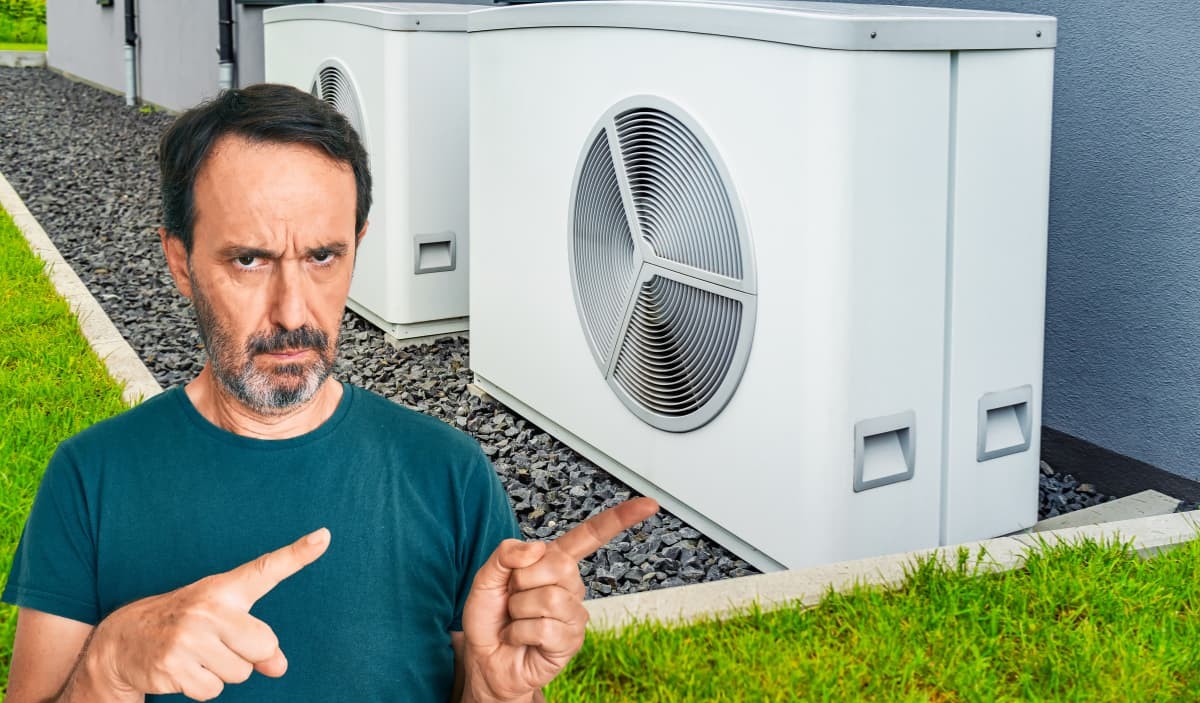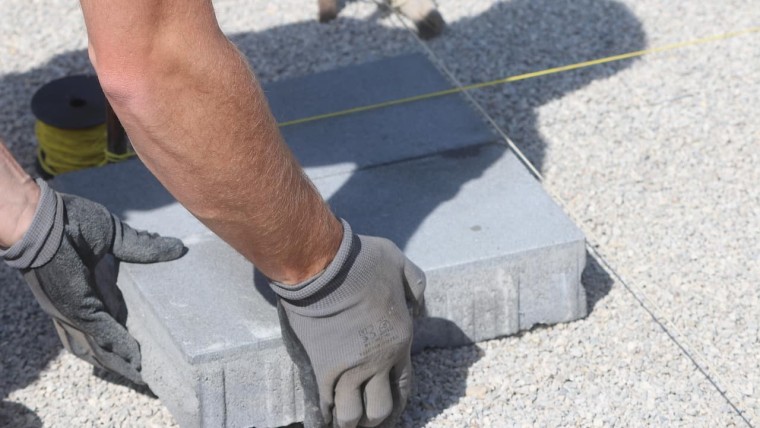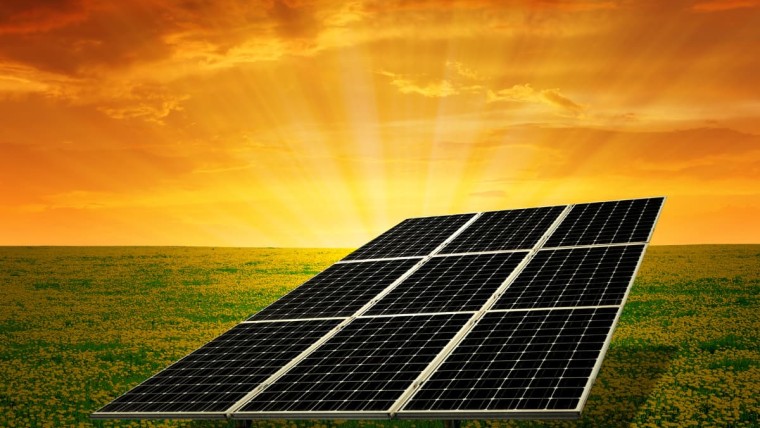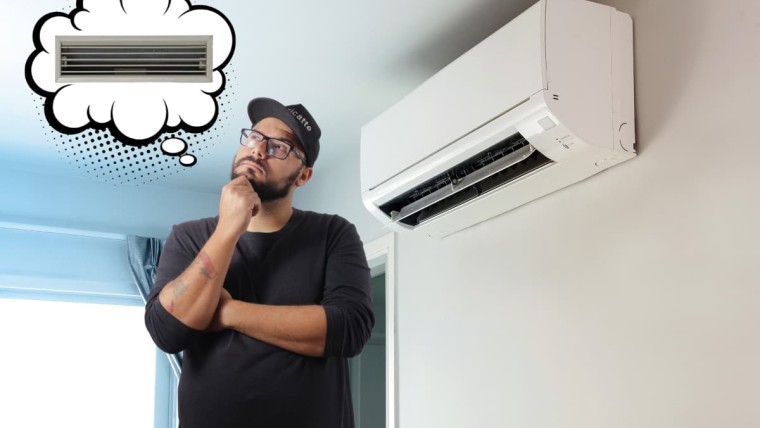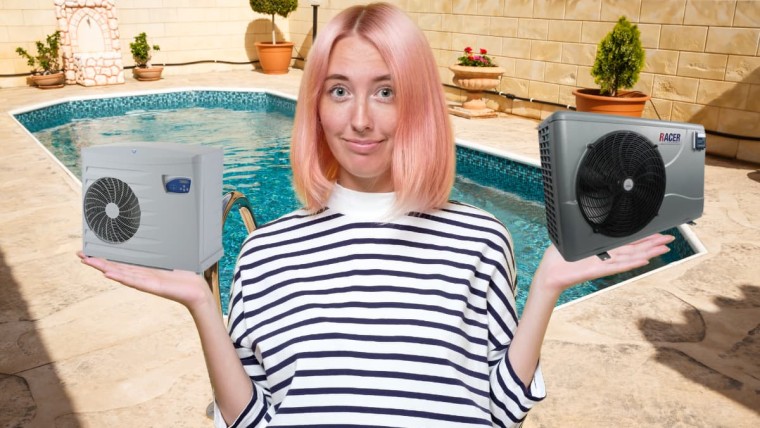200m2 houses are not the most common in France, where the average is around 100m2. If you're lucky enough to live in one of these rather comfortable-sized villas, the choice of heat pump capacity is all the more important to ensure optimum comfort in your home.
While it's tempting to let installers guide you, it has to be said that training in heating theory is not always their strong point, and they very often refer to their suppliers.
That's why, to guarantee the durability and efficiency of your heating system, you should put in your two cents to confirm the correct wattage selected. We'll look at this in 3 steps, the first two being fairly quick, but the third requiring more attention and time.
Step 1: Calculate the volume of your 200m2 house.
If your house has a floor area of 200m2, you should already be asking yourself whether its entire surface area qualifies as living and heating space.
It's possible that the 200m2 includes technical areas that don't need to be heated. In that case, you'll need to subtract them from your surface area.
Secondly, heating energy requirements are more often calculated on a volume basis, which is why you need to find this figure by simply multiplying your surface area to be heated by the average ceiling height. If your ceilings are of constant height, this is simply the ceiling height. If your ceilings are sloping, it's a different matter, and you'll need to determine the average height.
Let's assume for the sake of argument that the surface area to be heated is indeed 200m2 with an average ceiling height of 2.50m, which is standard in France. Then your volume to be heated is 200 x 2.5 = 500m3.
Step 2: Determine your climate zone and the condition of your insulation
These two variables are the main factors influencing your heating needs, and therefore the power required by the heat pump to satisfy those needs.
In France, there are 5 types of climate:
- Oceanic climate
- Degraded climate
- Semi-continental climate
- Mountain climate
- Mediterranean climate
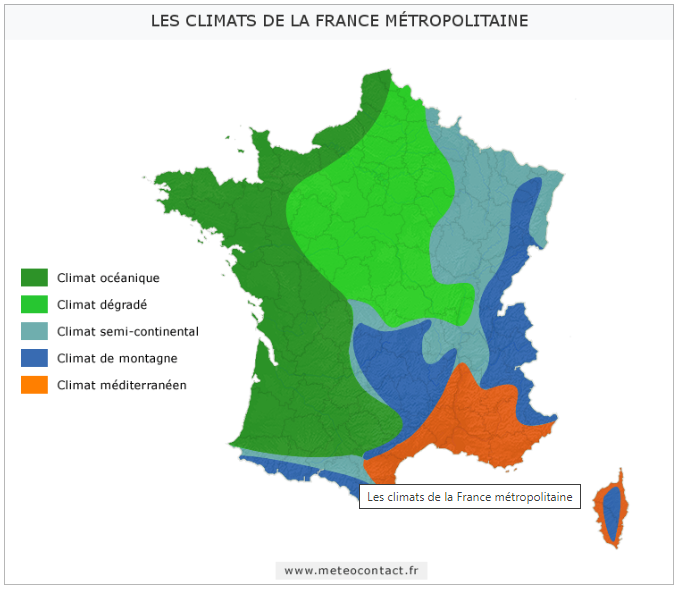
For example, if you're in Paris or Lille, you're in a degraded climate. If you're in Strasbourg, you're in a semi-continental climate. Bordeaux, Biarritz or Bayonne are oceanic, and the Côte d'Azur is Mediterranean.
Once this has been determined, you need to determine the quality of your insulation. To put it simply, there are 3 types:
- The thermal sieve (you should know this if you're one of them)
- Standard insulation: relatively recent house (1990 and later, with minimum attic insulation and double glazing)
- Excellent insulation: very recent house, 2010 and after, with recent materials, external insulation on the facade, attic insulation, double or triple glazed windows, etc. RT2012 level minimum.
Then, depending on your result, refer to this table of average values:
| Thermal sieve | Standard insulation | Excellent insulation (RT 2012) | |
| Mild climate (oceanic, Mediterranean) | 40 W / m3 | 35 W / m3 | 25 W / m3 |
| Temperate climate (gradated, semi-continental) | 50 W / m3 | 40 W / m3 | 30 W / m3 |
| Cold climate (mountains) | 60 W / m3 | 50 W / m3 | 40 W / m3 |
To continue with our example, we'll assume that the house has standard insulation and is in a poor climate. We therefore need 40W/m3.
As the volume is 500m3, we obtain a power requirement of 20,000W or 20kW. Power rarely provided by just 1 heat pump.
Indeed, in most cases, we will then install 2 heat pumps to ensure full power in winter. In mid-season or in summer, when heating requirements are at their lowest, this will enable you to run just one machine, for maximum savings.
Step 3: Choosing the right heat pump based on power output.
To choose the right heat pump, we refer to the calculated heating requirement. Either this requirement is calculated by the installer or supplier, and validated by you, or you call in a thermal engineering firm to carry out a detailed study and determine your precise heating needs.
In our example, this is 20kW. If the heat pump is to be used for domestic hot water, you will need to add a further 15 % or so to this power for winter use. (In summer, the heat pump will be more than sufficient for hot water, as there will be no demand for heating).
Then you have to add a 20% security on the PAC power.
In our example, we use two 12 kW heat pumps for heating.
All brands offer this type of model in air-water or geothermal versions, but here are three recommended brands for your project.
Daikin Altherma
This Japanese brand is renowned for its air conditioners and heat pumps of all kinds, and in particular its Altherma 3 range, soon to become Altherma 4.
Atlantic
This French and Vendée-based brand is renowned in France for its high production capacity and in-house innovation. The range Alféa covers a wide range of needs.
Viessmann
The German PAC brand which was acquired by the US Carrier group, is also qualitative and present in Europe.

Julien G.
Juliena mechanical engineering graduate and specialist in climate engineering since 2009, has become a writer specializing in renewable energies, with expertise in heat pumps and photovoltaic solar panels for individual housing.
See all articles by this author
